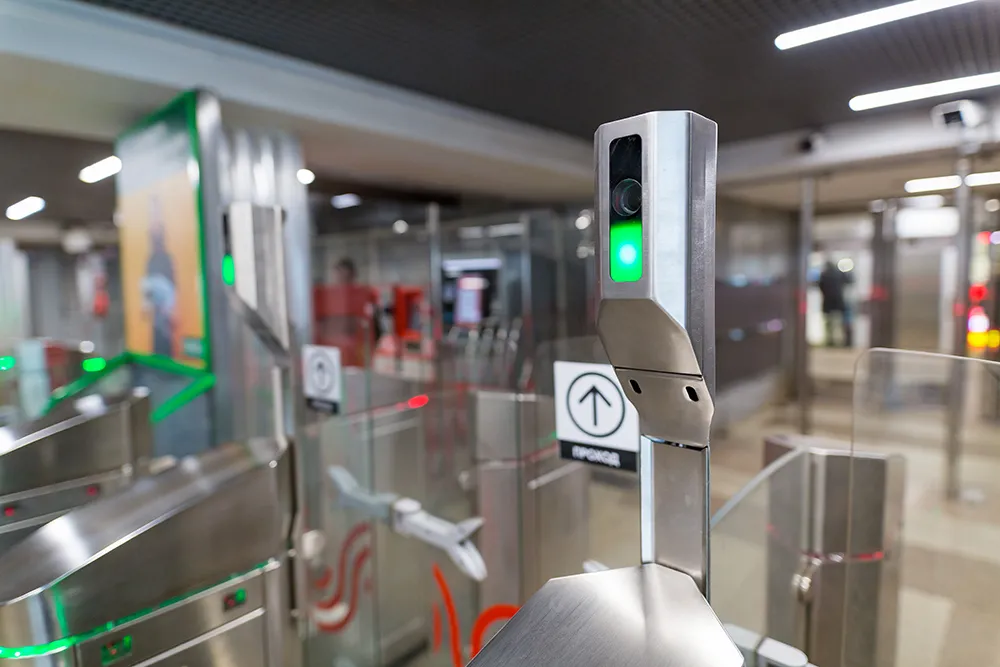The
The one-year pilot, supported by a $1.3 million grant from the
Daniel Ramot, CEO and co-founder of Via, says the company’s passenger matching and vehicle routing algorithm will connect customers with the three transit hubs in their communities.
Riders can access the service with Via’s smartphone app or by calling the company for a ride -which either begins or ends at one of the stations. Users registered with Metro’s low-income fare programme, Life, can ride for free while Transit Access Pass (TAP) card holders can travel for $1.75. Residents without TAP cards can use the service for $3.75.
Via is also providing special vehicles to make its service wheelchair-accessible.
LAMetro says the project is in line with its Vision 2028 Strategic Plan to reduce single-occupancy car trips.
Phillip Washington, LA Metro CEO, says: “Our goal at Metro, as part of our Vision 2028 Strategic Plan, is to provide high-quality mobility options for all riders, regardless of socioeconomic status or disability.”
LAMetro and Via launch ride-sharing service at three metro stations
The Los Angeles County Metropolitan Transportation Authority (LAMetro) has partnered with Via to offer a ride-sharing service to and from three metro stations.
The one-year pilot, supported by a $1.3 million grant from the Federal Transit Administration, is being trialled at Artesia, El Monte and North Hollywood.
Daniel Ramot, CEO and co-founder of Via, says the company’s passenger matching and vehicle routing algorithm will connect customers with the three transit hubs in their communities.
Rid
February 8, 2019
Read time: 2 mins








